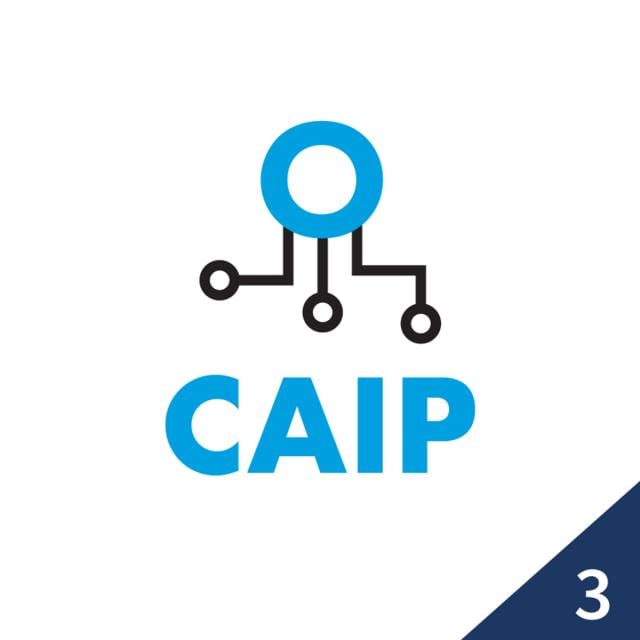MOOC List is learner-supported. When you buy through links on our site, we may earn an affiliate commission.

MOOC List is learner-supported. When you buy through links on our site, we may earn an affiliate commission.
You'll build multiple models to address each of these problems using the machine learning workflow you learned about in the previous course. Ultimately, this course begins a technical exploration of the various machine learning algorithms and how they can be used to build problem-solving models.
Course 3 of 5 in the Certified Artificial Intelligence Practitioner Specialization.
What You Will Learn
- Train and evaluate linear regression models.
- Train binary and multi-class classification models.
- Evaluate and tune classification models to improve their performance.
- Train and evaluate clustering models to find useful patterns in unsupervised data.
Syllabus
WEEK 1
Build Linear Regression Models Using Linear Algebra
In the preceding course, you went through the overall machine learning workflow from start to finish. Now it's time to start digging into the algorithms that make up machine learning. This will help you select the most appropriate algorithm(s) for your own purposes, as well as how best to apply them to solve a problem. A good place to start is with simple linear regression.
WEEK 2
Build Regularized and Iterative Linear Regression Models
The simple model you created earlier works well in many cases, but that doesn't mean it's the optimal approach. Linear regression can be enhanced by the process of regularization, which will often improve the skill of your machine learning model. In addition, an iterative approach to regression can take over where the closed-form solution falls short. In this module, you'll apply both techniques.
WEEK 3
Train Classification Models
Besides linear regression, the other major type of supervised machine learning outcome is classification. To begin with, you'll train some binary classification models using a few different algorithms. Then, you'll train a model to handle cases in which there are multiple ways to classify a data example. Each algorithm may be ideal for solving a certain type of classification problem, so you need to be aware of how they differ.
WEEK 4
Evaluate and Tune Classification Models
It's not enough to just train a model you think is best, and then call it a day. Unless you're using a very simple dataset or you get lucky, the default parameters aren't going to give you the best possible model for solving the problem. So, in this module, you'll evaluate your classification models to see how they're performing, then you'll attempt to improve their skill.
WEEK 5
Build Clustering Models
You've built models to tackle linear regression problems and classification problems. One of the other major machine learning tasks that you might want to engage in is clustering, a form of unsupervised learning. In this module, you'll see how a machine learning model can help you identify useful patterns even when the data you have to work with isn't labeled.
WEEK 6
Apply What You've Learned
You'll work on a project in which you'll apply your knowledge of the material in this course to practical scenarios.
MOOC List is learner-supported. When you buy through links on our site, we may earn an affiliate commission.
MOOC List is learner-supported. When you buy through links on our site, we may earn an affiliate commission.
